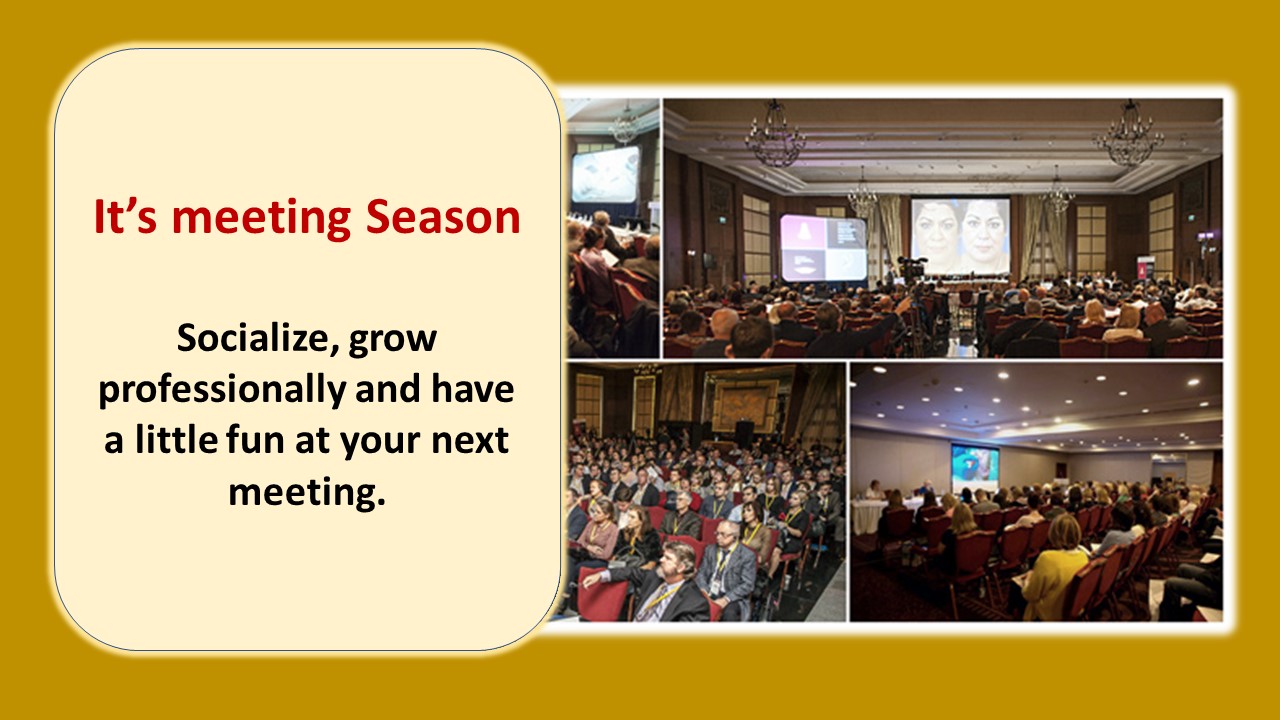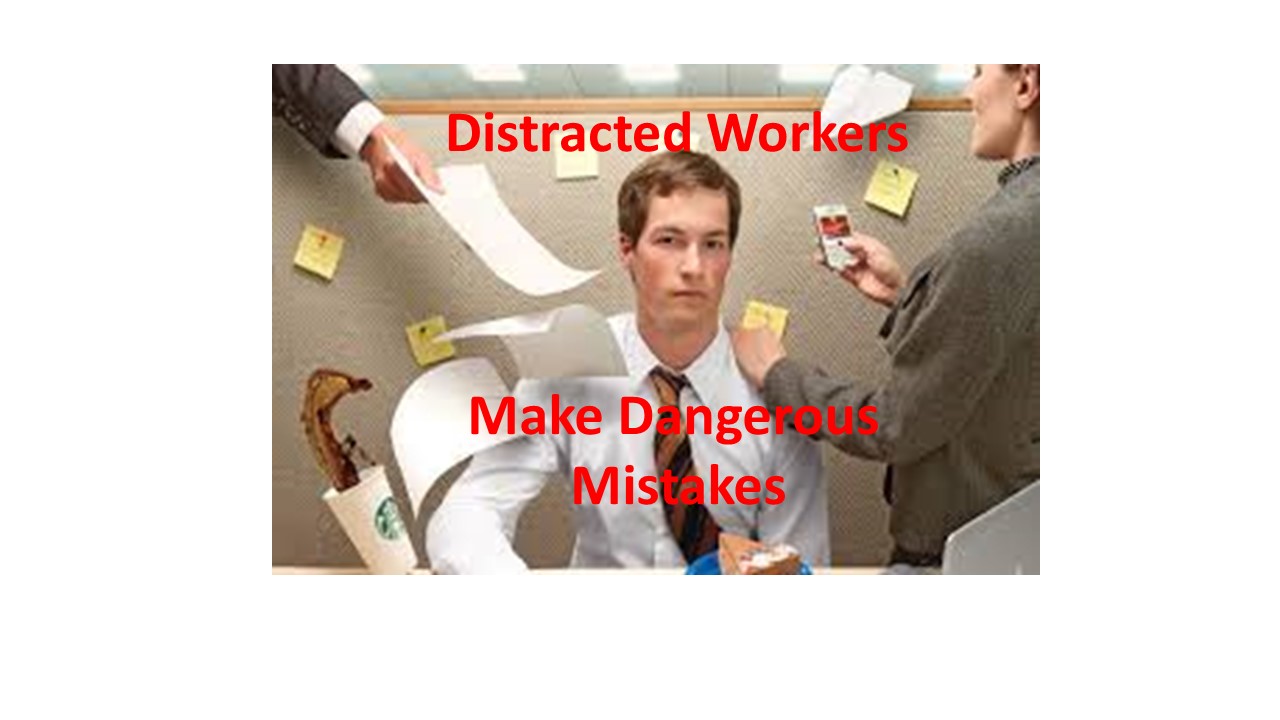By Thomas Davis, Lt. Col. (Ret.) CRNA, MAE, DNAP
follow@procrnatom on twitter
Professional meetings are a golden opportunity to socialize and expand your network of colleagues while updating your knowledge and skills. Originally published in 2018, this article has been updated to provide a roadmap for getting the greatest personal benefit from attending a state or national meeting.
If you’re one of those thousands of dedicated workers who’ve survived the intense summer heat, enjoyed and endured the daily demands of children on break and dutifully covered many extra shifts for your vacationing colleagues, it’s your turn to take a break. Attending your fall state or national meeting enables you to combine business with pleasure while renewing old friendships and making new ones. More importantly, planning for an upcoming meeting, places you in an advantageous position to learn more, to expand your network and to get optimal enjoyment during your post summer escape from the daily grind.
Organize
Prior to departure, spend some time on a google search. You can select the meeting based on location, content, name-brand speakers or proximity and ease of travel, but during or after selection, do a google search. Activities in the area such as hiking, biking or walking may be appealing as well as dining, shopping or shows. Tours, walking, biking or by bus, are typically plentiful at destination locations, and attending sporting events or meeting at a sports bar may be the perfect venue for renewing friendships with classmates. Every community is unique and history buffs, amateur archaeologists and birdwatchers may all discover something of interest in their pre-travel search. If you’re including your family as part of a business vacation, be sure to include their interests in your google. Whatever your pleasure, it has become incredibly simply to research and reserve the activities that will make the memory of your experience more than a blip on the radar.
Note: Well before the flight, confirm your hotel and reserve transportation for arrival at and departure from the destination airport; review the meeting agenda and download the meeting app if there is one. During flight, spend your time reviewing information regarding the meeting and local community to ensure that you take full advantage of both.
Some attendees are sponsored by employers and are required to submit documents for reimbursement while others pay out of pocket and need documents to claim a tax deduction. Either way, “travel-by-tech” allows you to submit documents seamlessly. Here are some tech tips for organizing your travel.
- Use your phone to organize travel information that you will want at hand. Upload flight information and boarding passes as well as the airline’s customer service phone number. Using the note pad app, store the address and phone number of the hotel where you will be staying to simplify the process when Uber arrives.
- Use your computer to set up a folder in the document section specifically for the meeting. The folder can have sub-folders for travel, lodging and daily expenses and for personal expenditure. When you book your flight and hotel, immediately drop receipts in the folder. At the hotel check-out, request an email receipt and when it arrives, save it in your meeting folder. Excel has several pre-made templates for spreadsheets to collect travel expenses such as meals or Uber fare; download and use them to simplify the tracking of reimbursable expenses. I find it useful to create a word document that highlights flight, hotel and rental car information and then email the document to myself so that it is easily retrievable on my phone as I travel.
- Stay current Functionality of our devices, especially phones, is developing and advancing almost daily. Yesterday it was email driven but today its app driven, and new phones and function are introduced annually. Stay ahead of the curve and don’t hesitate to try new and useful concepts.
Socialize
Your professional meeting offers the gratification of renewing acquaintances with former classmates and coworkers along with the networking opportunity to meet national leaders and those who are recognized in education, innovation or leadership. Your physical presence at a meeting makes it possible to match faces with names and achievements, as well as providing fertile ground for expanding your network of peers. Be social at gatherings, extend a hand to the leaders of the organization and open yourself to the concept of connecting with new people who may add depth to your network. Securing their information gives you more certainty that follow-up will take place.
Members of many professional organizations have created user groups on social media. If you belong to an online community, consider scheduling and posting a user group meet-up to interact with one another during your educational excursion.
Customize
Although there’s social value in “Hello” and a handshake, the real value of networking is in establishing a conduit for connection in the future. For starters, have business cards readily available. To avoid packing a stash of newly acquired cards, create a business card photo album on your phone. Once you’re back in your hotel room each day, take a snapshot of each business card you wish to keep and save them in your card photo album. To by-pass using business cards, simplify and facilitate the smooth sharing of contact information by adding yourself as a contact on your phone and then quickly exchange information by sending your contact information directly to those whom you meet. Remember, securing contact information gives both of you and your colleague more certainty that follow-up will take place.
Optimize
Prior to the meeting highlight the sessions that are most appealing and seem most beneficial based on your personal interests and educational needs. When two concurrent sessions capture your interest, enlist a friend to attend one talk while you attend the other, then share notes by phone call, phone mail, phone text or over a drink at dinner.
Scan the meeting room and try to sit with new acquaintances you have just added to your network. Getting out of your comfort zone adds to your confidence and satisfaction and enhances the stories you can tell when you return to work. Everyone has worked with, gone to school with or served in the Military or on a committee with someone who turns up at a meeting. Plan to enjoy the adventure and become part of the connection.
Optimize the time you spend with vendors by first assessing your department’s greatest needs for equipment before you travel then seeking out vendors with products that coincide with need. The larger the meeting, the more eager vendors will be to introduce innovative equipment and updates to existing devices. Sign up for samples and demonstrations and if you discover a must-have, collect vendor contact and follow-up quickly after the meeting.
Summary
Whether your autumn plans include a national meeting, a state gathering or both, your return on investment will be enhanced by pre-planning. Beyond earning continuing education credit, a live meeting provides a wealth of opportunities to connect and grow professionally, and to have a great time doing it.
Tom is a noted author, motivational speaker, superior leadership developer and dedicated clinical anesthetist. Contact tom@prosynex.com to book a speaking engagement.


